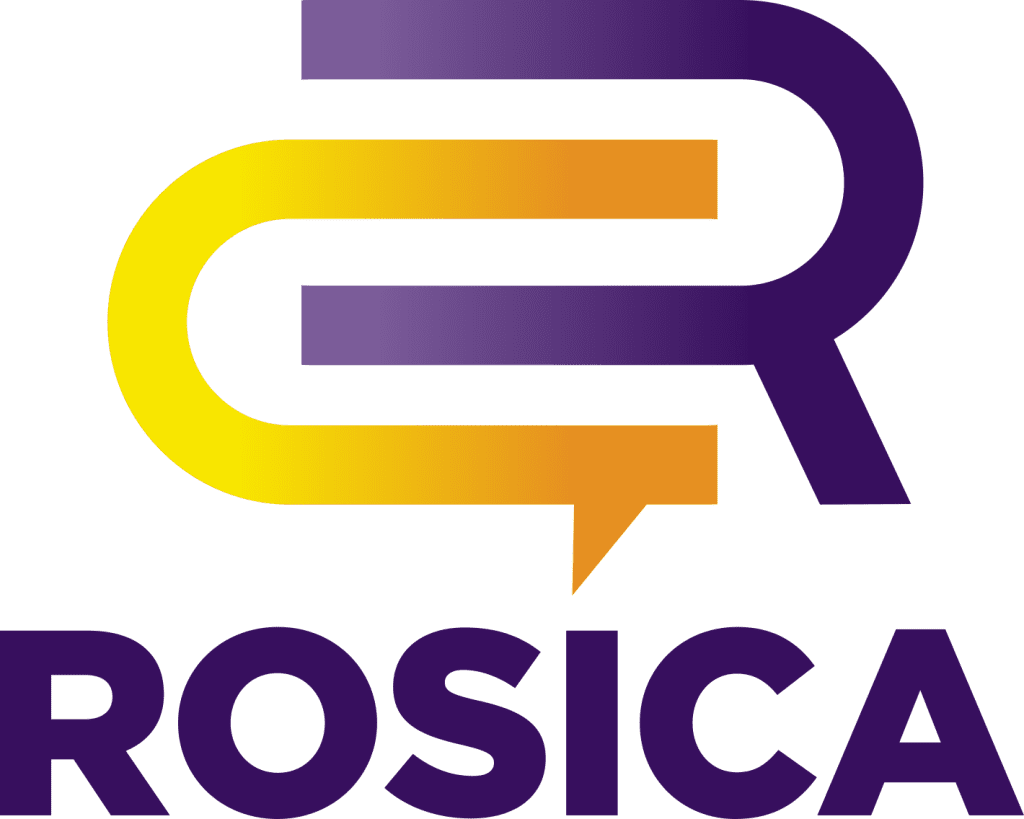Making the Case for a Company Blog
When it comes to content marketing, your on-site blog can be your greatest ally – a powerful and strategic content arsenal and aggregator. Not only can you boost organic search optimization (SEO) rankings by infusing fresh, quality content onto your website – but it’s a great way to manage the communications cascade and syndicate content to your other marketing communications channels.
Standalone corporate or brand blogs are a thing of the past. This trend was, in part, the result of Google’s Caffeine algorithm update, which was deployed in June of 2010. Then, the search engine behemoth built on the importance of adding “fresh” content to a website with its Freshness algorithm update in the fall of 2011.
Yet, an on-site blog is a must-have today. As you’ll see, it not only helps avoid stagnancy on your website, but it can be a content curator, website traffic booster, and thought leadership builder.
Curating, Syndicating & Automating Content
Content fuels marketing and social media. By starting with a blog article or an earned media placement and using your website as the nucleus of your content marketing, you can not only structure content but systematize its dissemination. A blog, which represents “owned” media, makes it easy to plan your content calendar and facilitates the marketing of your (expert) views, videos, and images more logical and easier to execute.
When posting an article to your blog, for example, you can share a synopsis with a link to this high quality, highly relevant content that resides on your site to the company’s social media channels. This can help you be discovered through shares, likes, and comments, which places your content in front of key stakeholders including potential customers. Through developing attention-getting images and video, your content marketing efforts can pay even greater dividends.
The blog article, along with your visual assets, can also be shared via email marketing with an intriguing (and unique) synopsis of the post and link to the full blog article on your website. This can go far to drive website traffic, build a streamlined user experience, and help efficiently organize your content marketing calendar. It is also important to note that in addition to organic social such as LinkedIn, PPC and social advertising can be used to promote your content.
A Blog Boosts SEO & Drives Traffic To Your Website
Search marketers know that buying search engine traffic can pay dividends, particularly as a smart short-term strategy, or for larger online advertisers who can afford to remain competitive in their keyword/key phrase bidding. Furthermore, paid search should be utilized to inform organic search marketing activities. Before investing time and money in link building and developing quality content, you want to prove ROI with Google AdWords, also known as pay-per-click or PPC. This requires minimal ad spend at first, say $300-$400 per month for the first few months during a time of A/B or A/B/C testing. After evaluating these tests, you can apply the learnings to your organic search or SEO program. Of course, if paid search delivers high conversion rates ramping up PPC is a no brainer.
The ultimate goal is to not just to drive website traffic – but ensure you secure qualified leads oncevisitors come, meaning they stay on your site and take (pre-determined) specific and measurable action/s. In order to achieve this, the user experience (UX) and user interface design (UI) must be well thought out, designed, and programmed by a UX/UI specialist. Rosica has just hired someone with this expertise to assist our national PR agency and its clients. Frankly, I don’t know why we waited so long!
When conducting keyword research, be sure to hire a smart, ethical, and experienced SEO specialist or digital marketing agency to perform the work, which should not be cost-prohibitive.
Blog articles should be between 250 and 900 or more words, depending on the subject matter. A healthcare blog article, for example, with rich scientific information, should be longer, upwards of 1,000 words. While we aren’t suggesting the length of a white paper, data will likely be presented, and footnotes inserted. An education blog article, on the other hand, might be 350-600 words, and a food blog with a recipe might end up being 250-300 words. An article about a nonprofit and a new program designed to help those in need, conversely, might be between 300-400 words. Of course, photos and video are important to include as they capture people’s attention; just be sure to optimize your images and make sure they are compatible on all devices.
Be Known as a Thought Leader
Rosica Communications has written extensively on thought leadership – in numerous articles and on our blog. In fact, we’ve said for years that public relations agencies today, especially those focused on B2B PR, are primarily responsible for establishing and developing thought leadership – not just for media relations, social media marketing, digital marketing, and content marketing.
By creating a blog that offers quality content – seasoned counsel, advice, and relevant details on building a business through PR and marketing – your customers and prospective customers will view you as a trusted and knowledgeable resource. This means less promotion and more substance and transparency. We often suggest sharing the “secrets” of your success – and becoming known for your unique talents and expertise.
Be sure that your blog answers timely and popular questions your customers are looking for. Also, be consistent in sharing your content via the various channels outlined above.
Though it takes time, commitment, and effort, this activity establishes your company as an authority that is about contributing, not just selling its products or services. This process builds credibility and trust and, as you can see, establishes a smart and strategic structure for content marketing.

